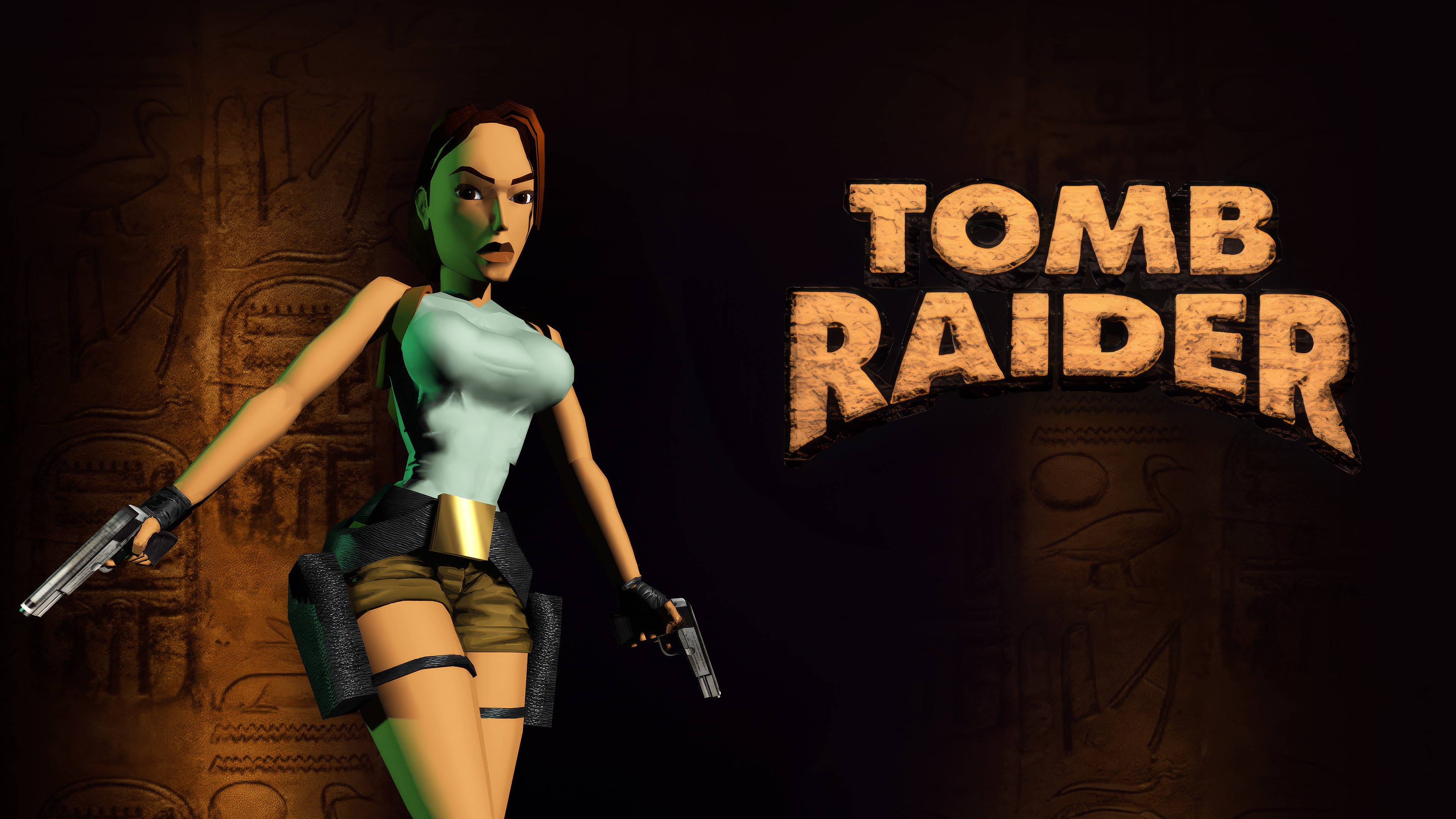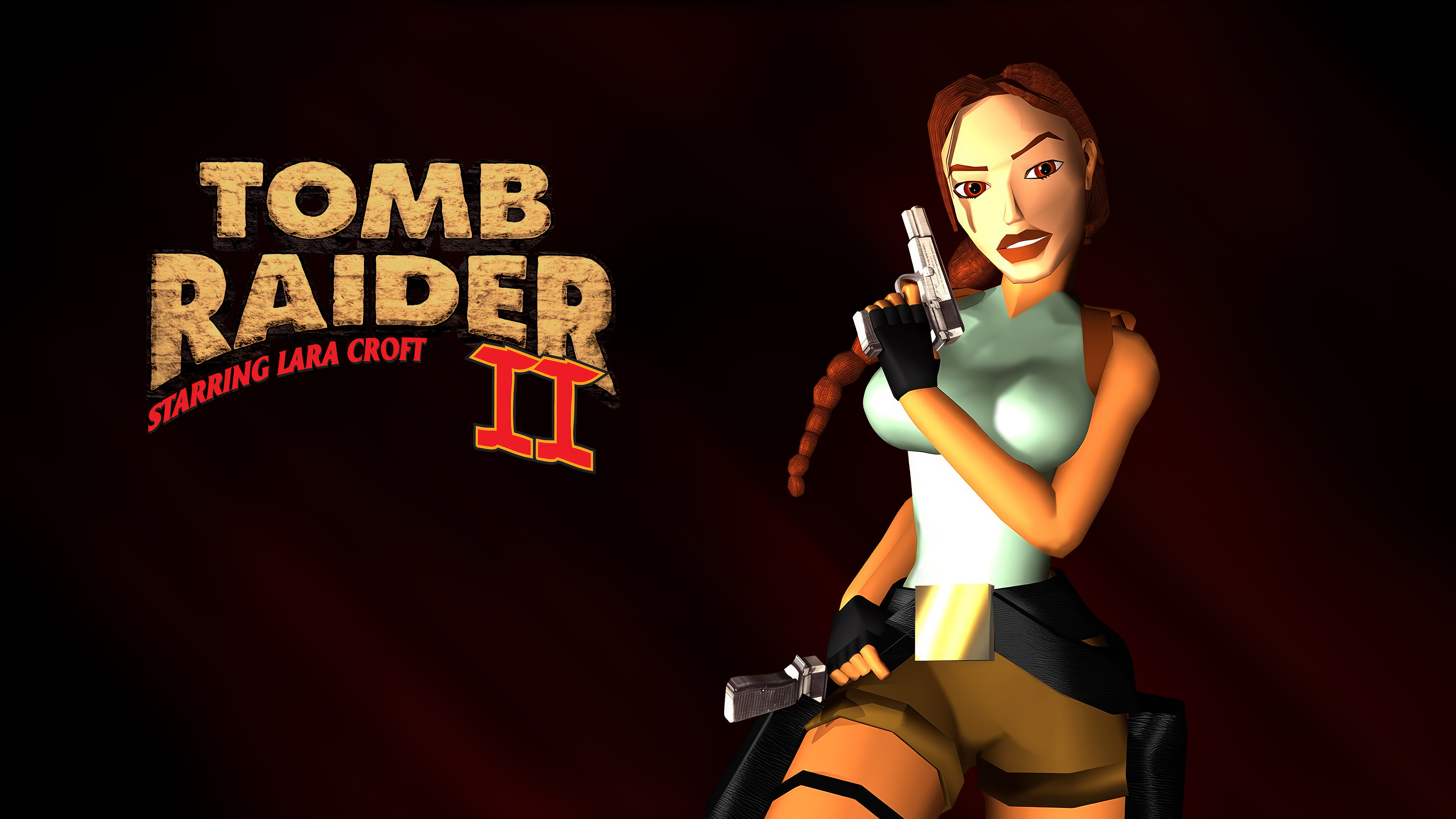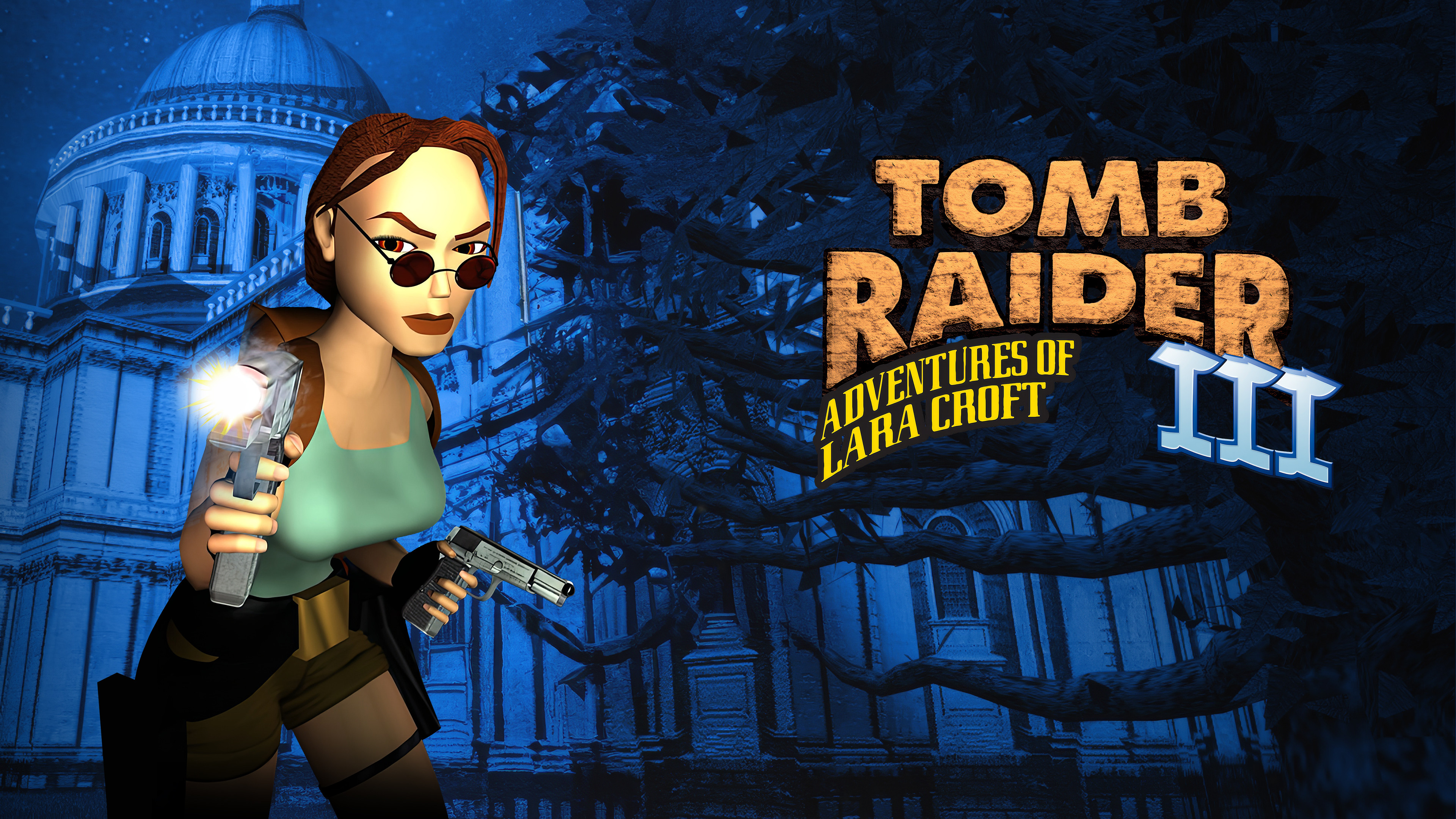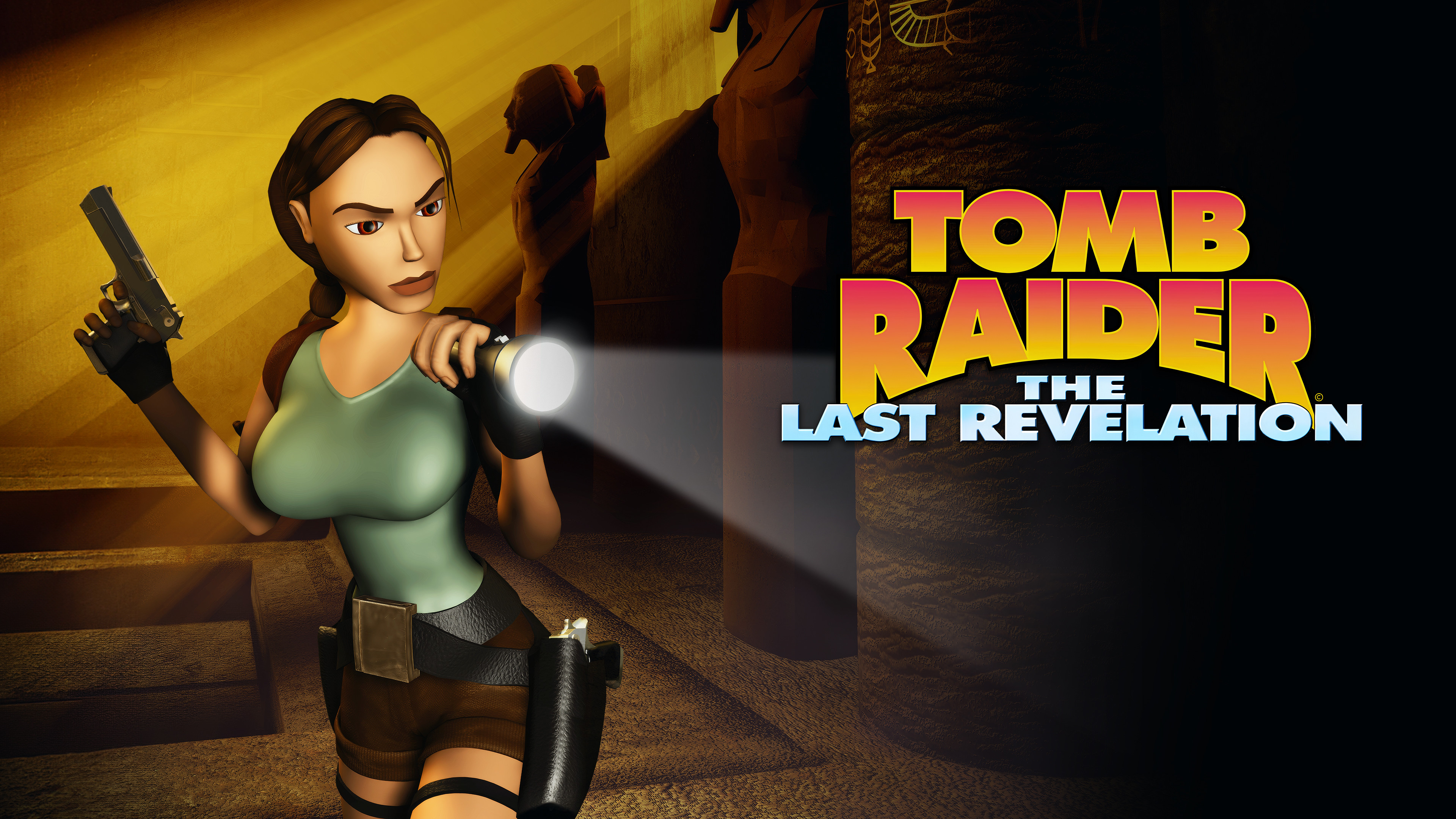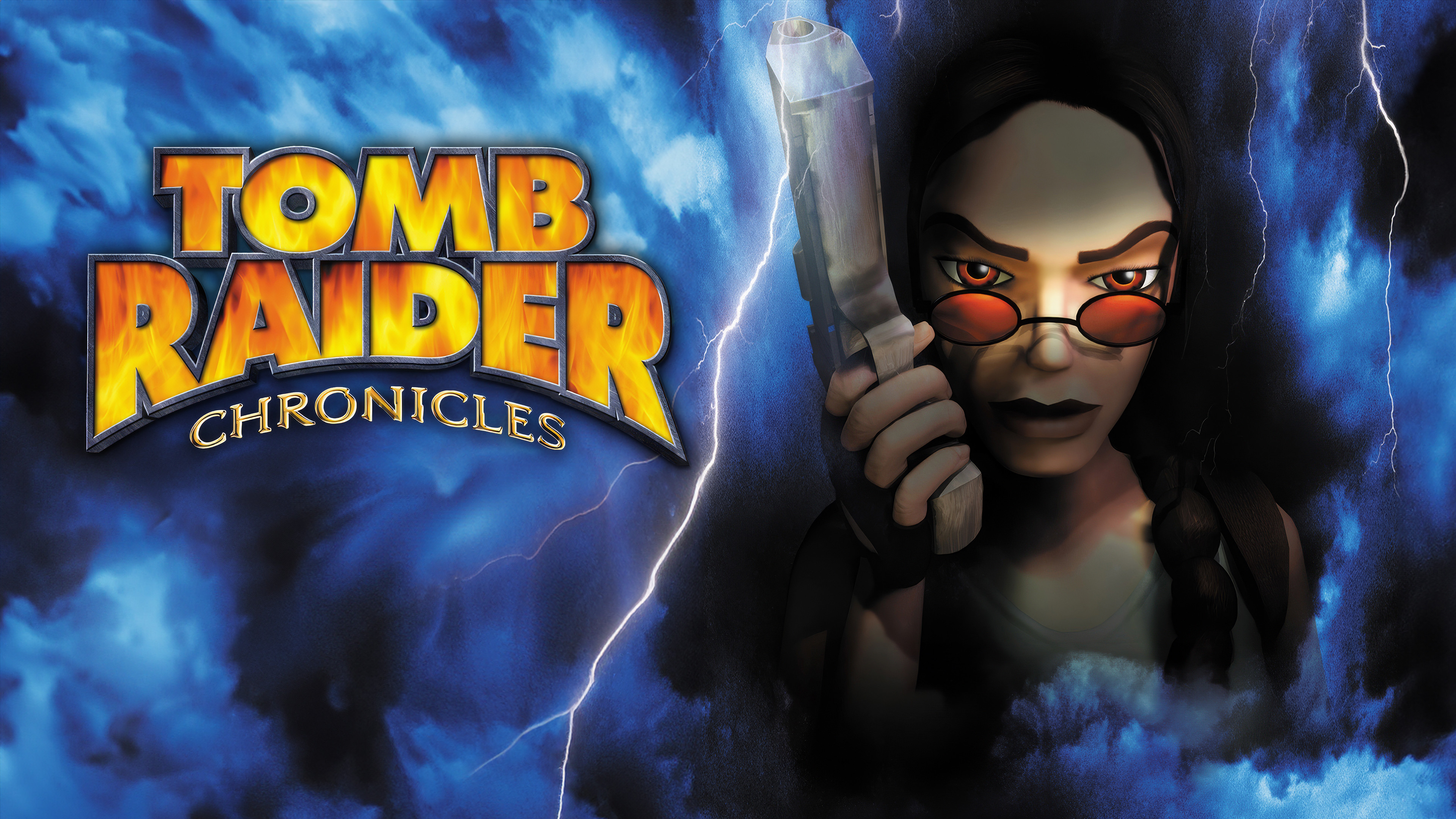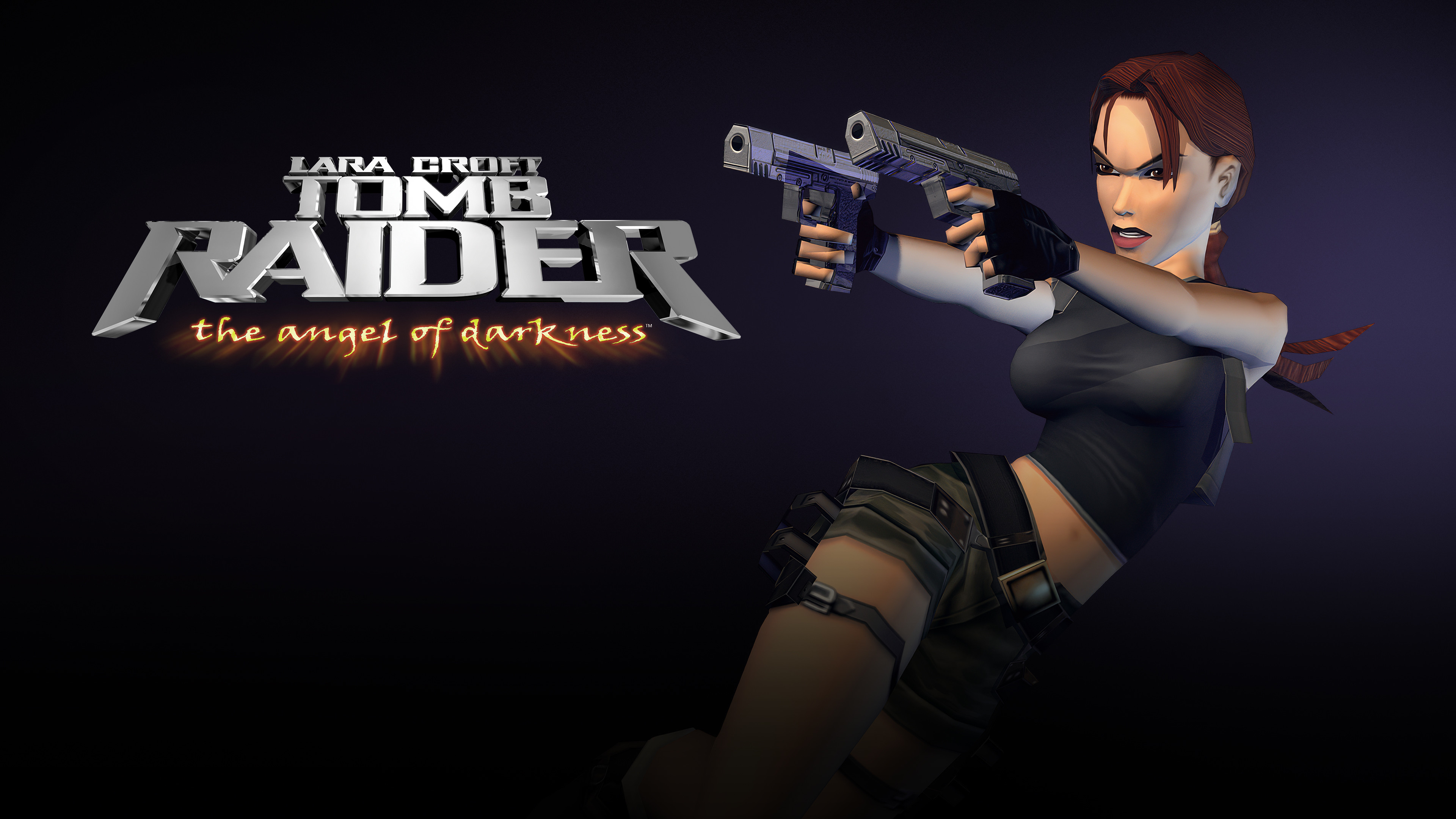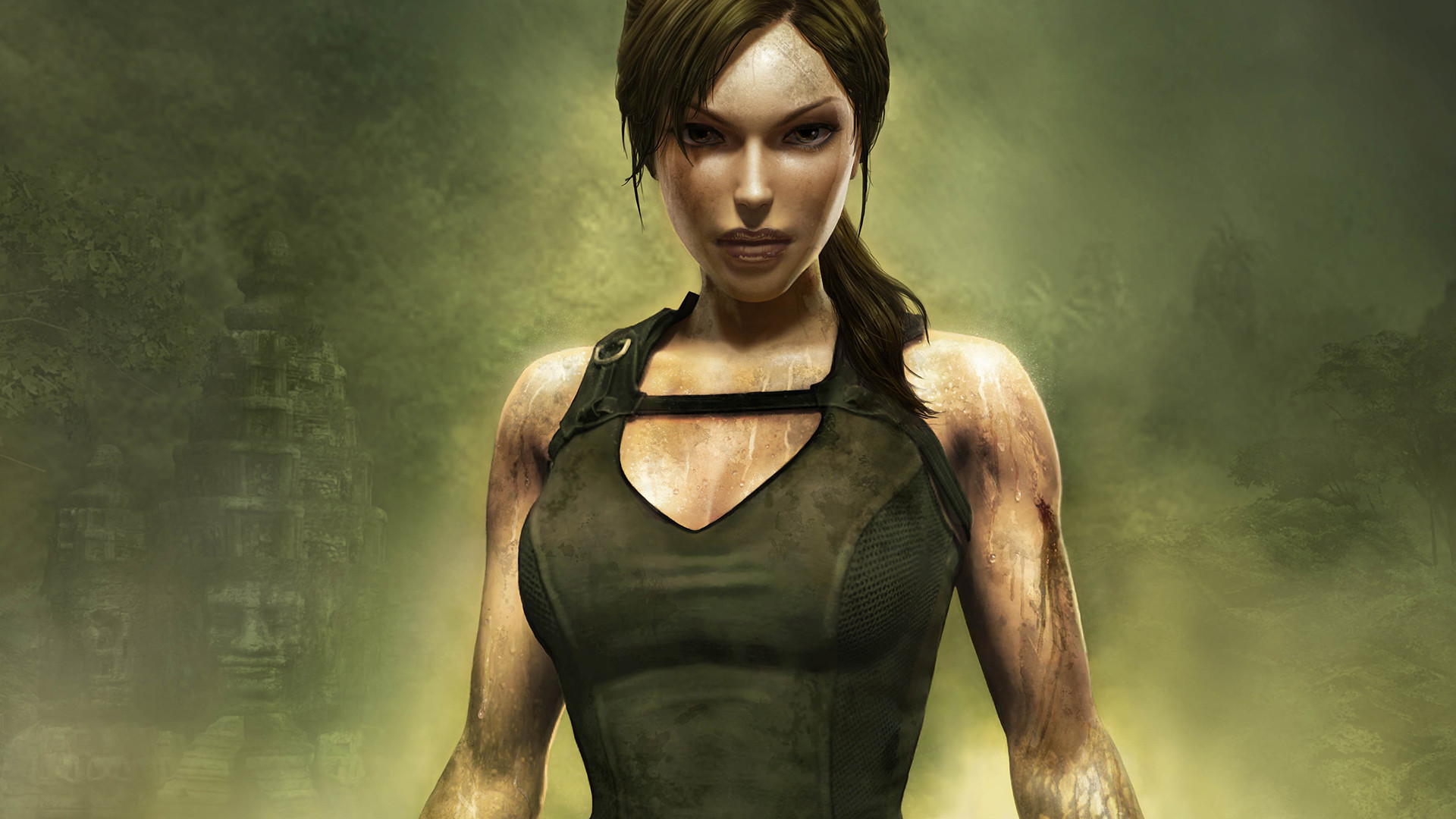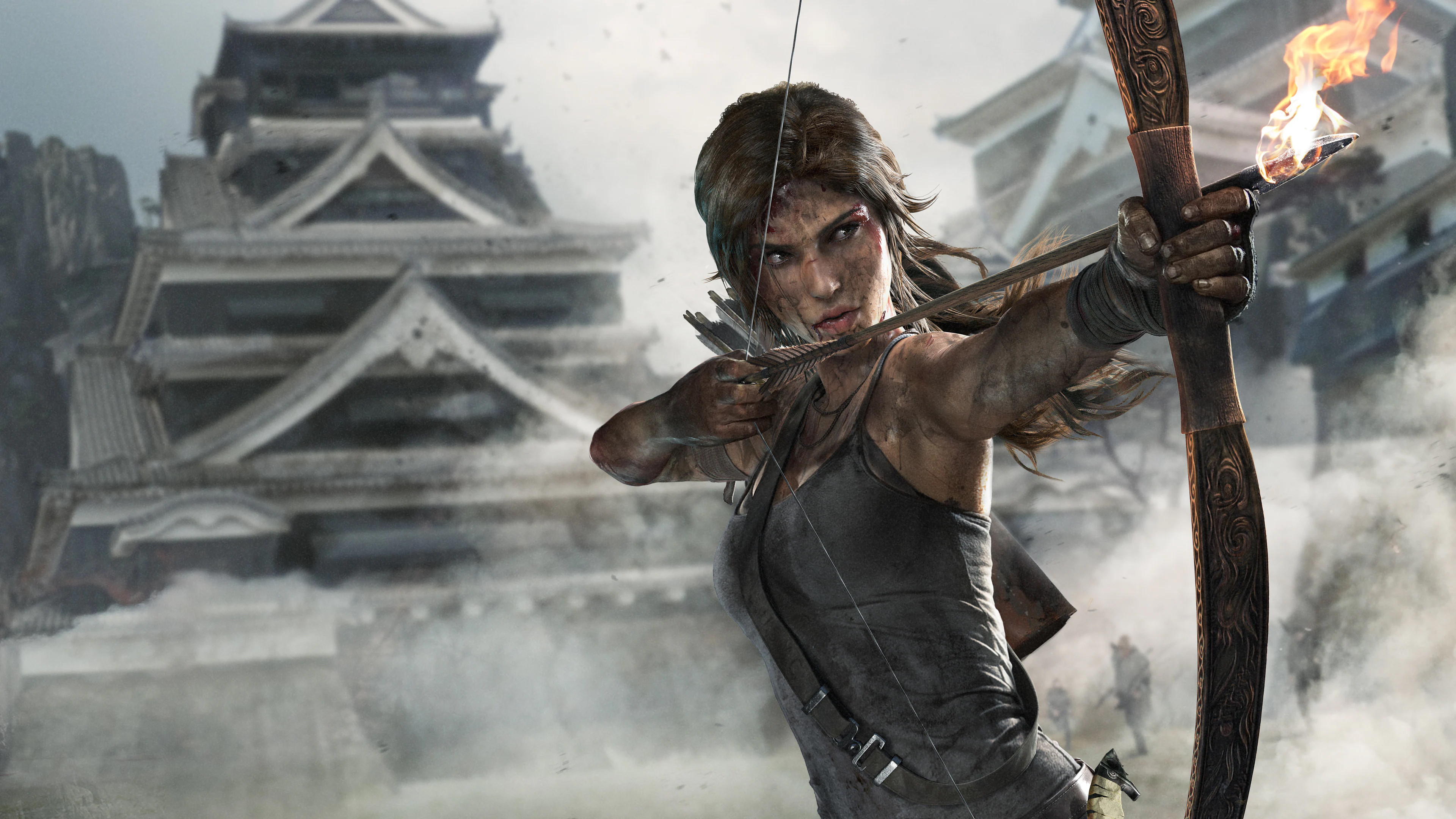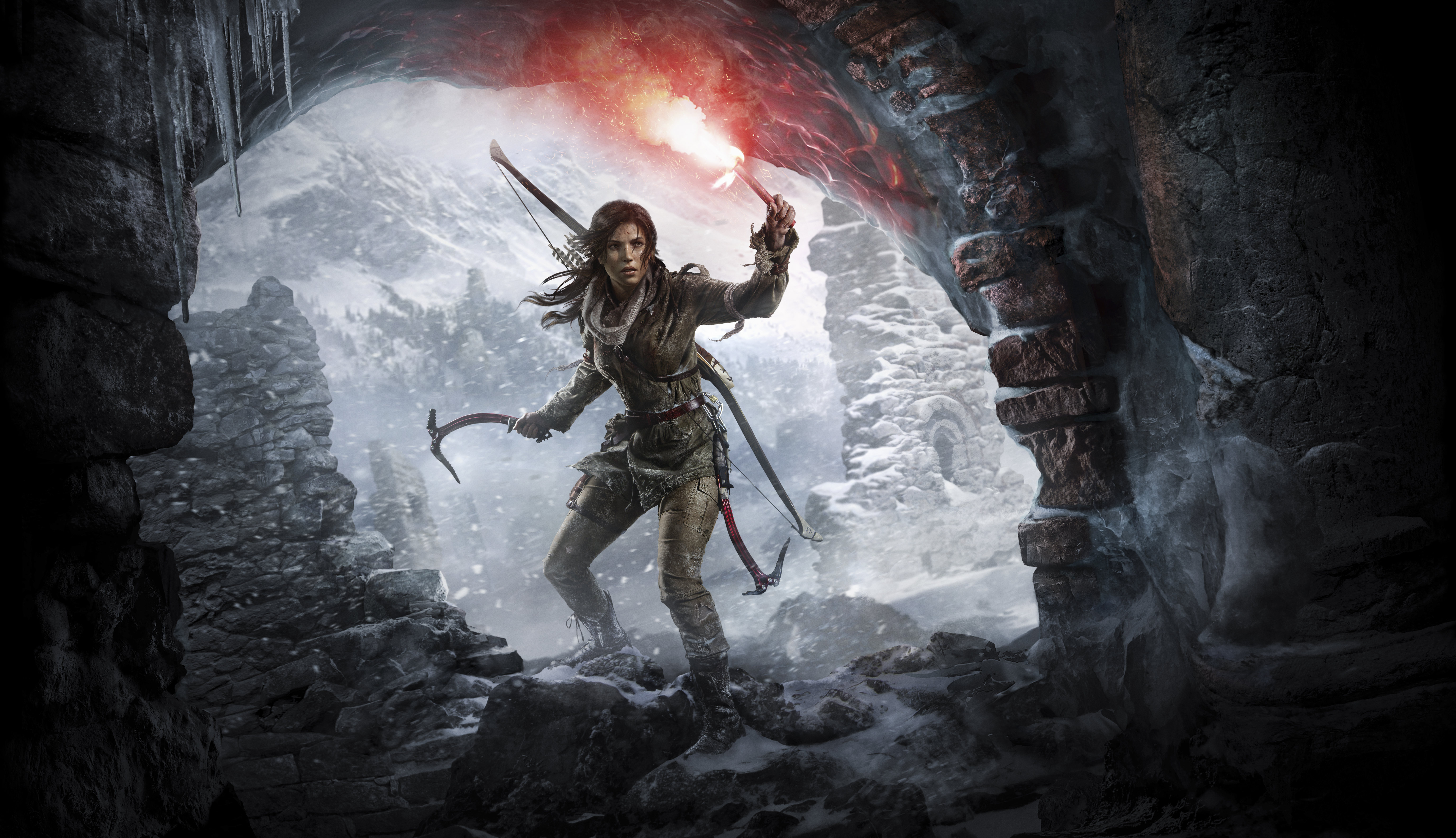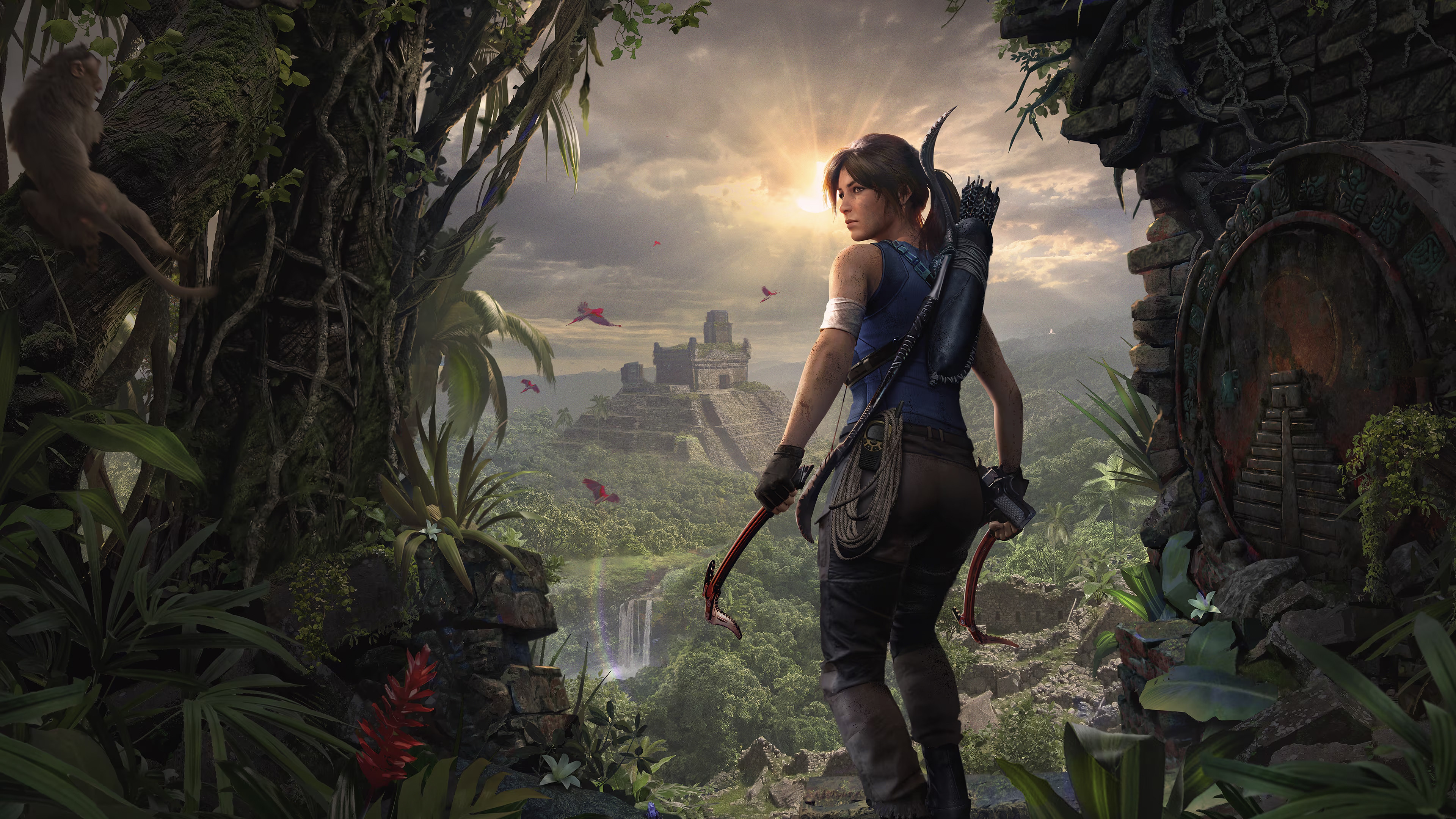There are few modern video game icons as influential and well known as Lara Croft. Blasting her way onto PlayStation back in the polygonal era of 1996, gaming was never the same after Tomb Raider launched.
Since then, PlayStation has been in lockstep with the British archaeologist-adventurer, with every mainline canon game getting its time to shine. And with Tomb Raider IV-VI Remastered coming to PlayStation 4 and PlayStation 5 on February 14, now’s the perfect time to revisit them.
The PlayStation era
Tomb Raider – 1996 – PlayStation – Eidos Interactive, Core Design
Introducing the young British aristocrat to the world, Tomb Raider set the scene with a quest to discover the three pieces of an ancient artifact known as the Scion.
The result is a global and twisting trek across locations such as Greece, Egypt, and Atlantis, with what was then a revolutionary blend of 3D levels, gun-toting action, puzzle solving and acrobatic traversal. And who can forget that heart-stopping T-Rex encounter?
Available on PlayStation Store as part of Tomb Raider I-III Remastered.
Tomb Raider II – 1997 – PlayStation – Eidos Interactive, Core Design
Now a more seasoned adventurer, Ms Croft began the search for the mystical Dagger of Xian, said to possess the power to transform its bearer into a dragon. In an attempt to claim it before the dangerous cultists of the Fiamma Nera, Lara blasts her way across Venice, Tibet, and even back at her mansion in England.
Expanding in every way on the already massively successful formula, with new weapons, the ability to climb walls and larger levels, Tomb Raider II also introduced controllable vehicles such as boats and snowmobiles, marking the start of a beautiful relationship between Lara and practically anything with a motor (and even some without).
Available on PlayStation Store as part of Tomb Raider I-III Remastered.
Tomb Raider III: The Adventures of Lara Croft – 1998 – PlayStation – Eidos Interactive, Core Design
Four fragments of an ancient, power granting meteorite. Grisly experiments. Nods to the movie classic, The Thing. Lara’s third outing went big, pitching her across Nevada, the South Pacific Islands, and Antarctica to get the job done – with the novel option to play the middle locales of the game in any order.
As with Tomb Raider II, this sequel featured smarter enemies and equipped Lara with an even wider move set such as monkey swings and a stamina limited sprint. It also introduced dynamic lighting, weather and smoke effects, giving the series a serious visual punch.
Available on PlayStation Store as part of Tomb Raider I-III Remastered.
Tomb Raider: The Last Revelation – 1998 – PlayStation – Eidos Interactive, Core Design
Compared to its self-assured prequels, The Last Revelation carried a more tentative tone as Lara’s attempt to claim the Amulet of Horus accidentally unleashes the malevolent Egyptian God, Set, who possesses her former mentor.
Saving humanity from Set has Lara journey through a greater variety of indoor and outdoor areas as she fights across the streets, ruins and canyons of Cairo and Alexandria, as well as the Pyramids of Giza.
Along with a less polygonal looking Croft, her fourth outing introduced more new moves and the ability to combine items in her inventory to craft puzzle pieces or create enhanced weapons. We’ll come back to this element later…
Coming soon to PlayStation Store as part of Tomb Raider IV-VI Remastered.
Tomb Raider: Chronicles – 2000 – PlayStation – Eidos Interactive, Core Design
Presumed dead after the events of The Last Revelation, Chronicles featured Lara’s nearest and dearest reminiscing over her past, revealing her hunt for the Philosopher’s Stone in Rome, searching for the Spear of Destiny off the coast of Russia, fending off Hellspawn in Ireland as a teenager, and infiltrating a high-tech facility in New York – complete with cyborg assassins.
Coming soon to PlayStation Store as part of Tomb Raider IV-VI Remastered.
PlayStation 2 era
Tomb Raider: The Angel of Darkness – 2003 – PlayStation 2 – Eidos Interactive, Core Design
Having survived the events of The Last Revelation, Lara eventually resurfaces in Paris, only to be framed for the murder of her former mentor.
True to its title, The Angel of Darkness featured a more tonally sinister story compared to previous games in the series, with PS2 powered visuals to match its new style and revamped controls. It also introduced a dialogue system, an upgradable stamina bar, and a second playable character in antagonistic partner Kurtis Trent.
Coming soon to PlayStation Store as part of Tomb Raider IV-VI Remastered.
Tomb Raider: Legend – 2006 – PlayStation 2 – Eidos Interactive, Crystal Dynamics
Rebooting the entire series and balancing Lara’s bold sense of adventure with a more grounded emotional core, Legends saw Ms Croft searching for the mythical sword Excalibur as a way to help find her missing mother.
Increasing the locations that Lara typically explored (from Japan and Peru to Nepal and Kazakhstan) but taking a back-to-basics approach to her weapons and gear, Legend reformatted the series’ controls, combat, enemy AI, and even crafted a custom physics engine to give the gameplay a fresh yet familiar feel.
Available on PlayStation Store and included with PlayStation Plus Premium.
Tomb Raider: Anniversary – 2007 – PlayStation 2 – Eidos Interactive, Crystal Dynamics
By this point the series had hit a great balance between series reverence and new mechanics, remixing the very first Tomb Raider’s story while following the events of Legacy, in an enhanced engine.
Lara’s weapons cache was given a bump, while the iconic style of the first game was preserved as much as possible, albeit with more contemporary considerations across the puzzles and level design to help integrate elements from Legend, such as the grapple to traverse the environments.
PlayStation 3 era
Tomb Raider: Underworld – 2008 – PlayStation 3 – Eidos Interactive, Crystal Dynamics
Rounding off the Legend timeline, Underworld saw Lara search for Thor’s hammer in order to enter the Norse underworld, Helheim, and discover the truth of her parents’ ultimate fate. The game smartly used real world analogues for the mythological locations, taking Lara to places such as Jan Mayen Island and the Arctic Circle.
Underworld took advantage of the powerful PS3 hardware with more expansive environments, motion captured animation (via Olympic gymnast Heidi Moneymaker) and a raft of new moves and weapons, including… Thor’s hammer. Oh yes.
Tomb Raider – 2013 – PlayStation 3 – Square Enix, Crystal Dynamics
The series’ storytelling style took a more grounded and filmic focus with this second reboot of Lara’s adventures, tracking her development from a frightened young traveller to a steel nerved survivor. Stranded on a mysterious island off the coast of Japan, Lara has to find her friends and escape before the violent Solari Brotherhood cult murders them all.
Starting off with rudimentary weapons that can eventually be upgraded (fulfilling the promise of The Last Revelation’s early crafting style system), Tomb Raider is all about stealth and survival in a savage, more open environment, complete with changeable weather effects and dramatic lighting.
Tomb Raider also became the first game in the series to feature an online competitive multiplayer mode, so can you expand the hunt to your friends, too…
Available on PlayStation Store and included with PlayStation Plus Extra.
PlayStation 4 era
Rise of the Tomb Raider – 2015 – PlayStation 4 – Square Enix, Crystal Dynamics
The leap to PS4 meant the sequel to 2013’s Tomb Raider remains one of the series’ most aesthetically impressive entries, with improved motion capture technology to include facial animation.
Seeking to finish her later father’s research on the mythical city of Kitezh and its immortality granting artifact, Lara finds herself in Siberia in a fight for her life, not just against the paramilitary organisation Trinity, but more hostile wildlife, too. The guerilla style combat was developed further, albeit with a wider weapons and skill set selection for Lara to utilise.
Available on PlayStation Store and included with PlayStation Plus Extra.
Shadow of the Tomb Raider – 2018 – PlayStation 4 – Eidos-Montreal, Crystal Dynamics
Capping off the Survivor trilogy, Shadow of the Tomb Raider saw Lara attempting to prevent a Mayan apocalypse she unwittingly unleashed. Set mostly in Mexico and Peru, the story covers a more philosophical awakening for Lara, exploring the cultural impact of her actions as she evolves into the more recognisable version of her character.
As the beautiful visuals took another step forward, so did the game’s stealth elements, with the ability to hide in the undergrowth from enemies, or camouflage Lara with mud. Not that she’s hiding anymore – animated series Tomb Raider: The Legend of Lara Croft picks up from where Shadow of the Tomb Raider left off in the series’ continuity.
Available on PlayStation Store via PlayStation Plus Extra.

With Tomb Raider IV-VI Remastered rappelling onto PS4 and PS5 by February 14, the world doesn’t have long to wait before Lara returns once more. Dust off your inexhaustible twin pistols and grab an uncommonly rugged backpack – it’s time to go adventuring…
